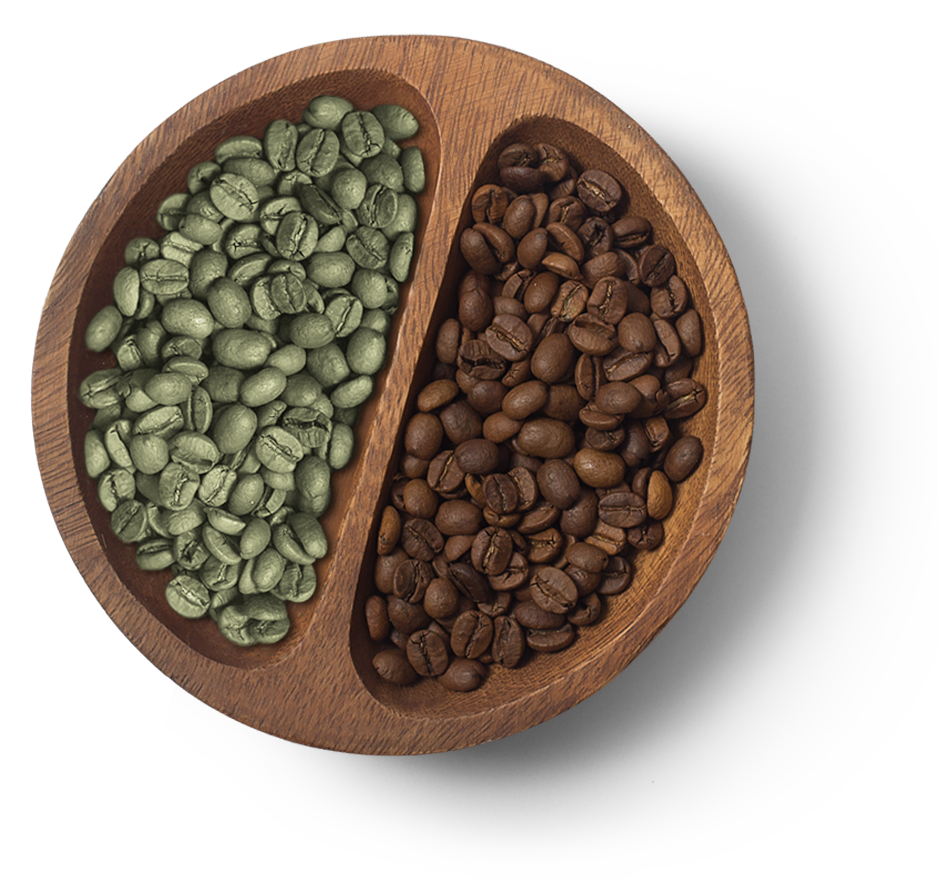Coffee beans NZ are referred to as seeds from cherry-like fruit. The tree of coffee is known to produce cherries which then become yellow in colour and after some time turns to orange colour. In the end, its colour turns out bright red when these are ripe and ready for picking. In actuality, the cherries of this tree grow in the form of clusters along the branches of the tree. The skin of the cherry is thick and bitter in taste, but the fruit beneath the skin is extremely sweet and has a grapefruit-like texture.
There is a layer in this fruit known as parenchyma, which is actually a sticky layer just like honey. This layer protects the beans inside the cherry. And the last layer is the endocarp layer which is a protective parchment-like envelope. This layer is for the green coffee beans, which further has the last membrane called silver skin or spermoderm.
And do you know there is one coffee harvest per year, and it entirely depends on the area or geographic zone of the cultivation? The beans of coffee are picked by hand, and it is done in two ways. It can be stripped off the branch at once, or the cherries are picked one by one by using the selective picking method, which makes sure that you have only picked the ripest cherries.

Coffee cherry processing:
As soon as the cherries are picked, they must be immediately processed. On average, coffee pickers normally pick 45 to 90kg of cherries in a day, from which hardly 20% of this weight is the actual coffee bean. These can be further processed in either two different ways:
Dry process:
In this process, the harvested cherry coffees are laid out to dry beans under direct sunlight for 7 to 10 days and are periodically turned. This is the most inexpensive and easy way to process the beans. Through this process, the moisture is reduced to 11% and the shell of coffee cherries is turned to brown colour. This is best to buy coffee beans NZ as the coffee prepared through this method is inexpensive and great in taste.
Wet process:
This process is different from the dry method. In this process, within 24 hours of harvesting, the coffee pulp is removed from the beans. The outer skin and pulp are washed away through the use of the pulping machine, and the beans are then transferred to fermentation tanks, where the beans are stored for a maximum of two days. After this entire process, the beans are transferred to a conveyor belt where beans are ground. These are referred to as green coffee beans NZ. For more information visit our Website
